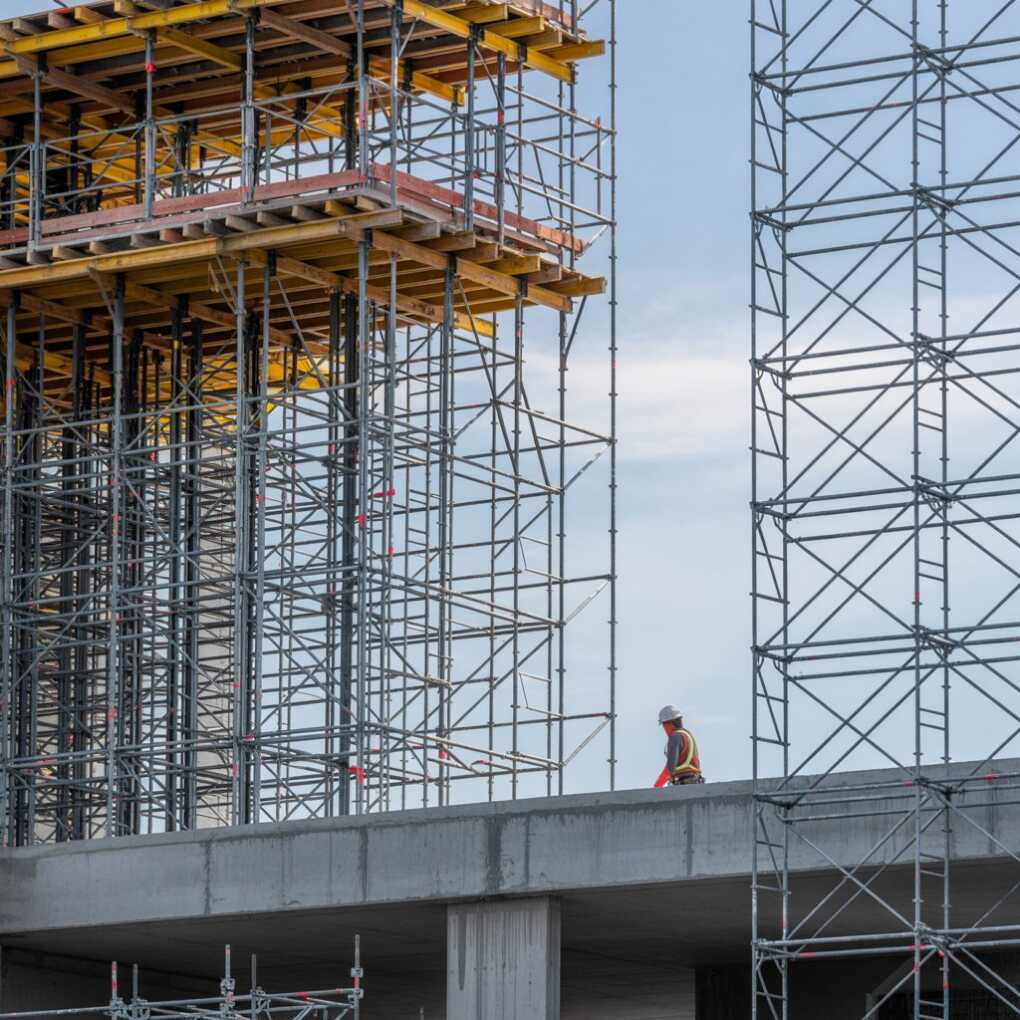Modern construction is a complex process that demands precision, safety, and efficiency at every stage. From skyscrapers that dominate city skylines to infrastructure projects that keep communities connected, every structure relies on one essential factor: reliable support systems. These systems — whether scaffolding, formwork, shoring, or bracing — provide the temporary yet critical stability that allows permanent structures to rise safely and efficiently.
Without reliable support, even the most innovative architectural designs could be compromised. By combining traditional practices with modern innovations, today’s construction industry ensures that buildings are not only safe and durable but also built with speed and sustainability in mind.

Types of Support Systems in Modern Construction
1. Scaffolding Systems
Scaffolding remains one of the most visible and widely used support systems in construction. It provides access to elevated work areas, ensures worker safety, and enables precise handling of materials.
- Traditional scaffolding: Built using steel or timber, this method has been used for decades.
- Modular scaffolding: A modern evolution that allows quicker assembly, improved stability, and flexibility in complex designs.
For projects in urban environments, choosing the right scaffolding provider is essential. For example, a scaffolding company in Colchester can offer both residential and commercial solutions tailored to the unique challenges of the region, ensuring compliance with safety regulations and efficient project delivery.
2. Formwork and Falsework
Formwork provides the temporary mold into which concrete is poured, shaping walls, floors, and columns. Falsework, on the other hand, supports the weight of formwork and fresh concrete until it hardens.
- Reusable systems made from steel or aluminum are now common, reducing waste.
- Eco-friendly formwork solutions are gaining popularity, offering both sustainability and cost savings.
3. Shoring Systems
Shoring supports deep excavations and trenches, preventing soil collapse and ensuring worker safety. Hydraulic shoring systems and engineered solutions are now widely used in urban construction where space and soil stability are critical factors.
4. Structural Supports and Bracing
These temporary systems provide stability to walls, beams, and frameworks during the building process. Bracing is particularly crucial in high-rise projects, ensuring that wind and load pressures do not destabilize the structure before completion.
Benefits of Reliable Support Systems
- Safety
Support systems are vital for worker safety, preventing accidents such as collapses or falls. Proper scaffolding and shoring, for example, drastically reduce risks in high-risk environments. - Efficiency
Modern modular systems allow quick assembly and disassembly, reducing downtime and accelerating project timelines. - Cost Savings
Durable, reusable support systems minimize material waste and reduce labour costs. By streamlining construction processes, they also help avoid costly project delays. - Quality Assurance
Precise formwork and bracing guarantee straight walls, aligned beams, and smooth finishes — ensuring that the final structure meets design and regulatory standards.
Modern Innovations in Construction Support
- Lightweight but strong materials: Aluminium and composite scaffolding are lighter yet stronger than traditional steel, making installation safer and faster.
- Prefabricated modular systems: These allow off-site assembly, reducing on-site clutter and improving project efficiency.
- Smart monitoring technology: Sensors can now measure load, stress, and stability in real time, providing early warnings of potential risks.
- Sustainable designs: Recycled materials and reusable systems help reduce environmental impact, aligning with green building standards.
Case Studies: Reliable Support in Action
- Infrastructure Projects
Bridge and tunnel construction relies heavily on falsework and shoring to maintain structural integrity during concrete curing. Without reliable systems, such large-scale projects would face significant risks. - High-Rise Commercial Buildings
Modern skyscrapers use advanced scaffolding and bracing systems that allow construction crews to work at extreme heights with confidence and safety. - Residential Developments
Even smaller-scale housing projects depend on formwork and scaffolding to ensure efficiency and quality, proving that support systems are not just for mega-projects but are vital across all construction scales.
Choosing the Right Support System
Selecting the correct support system depends on several factors:
- Project size and complexity: High-rise structures require advanced scaffolding and bracing systems, while smaller builds may only need basic support.
- Soil and ground conditions: Shoring systems are particularly important for areas with unstable ground.
- Compliance: All systems must meet health and safety regulations to protect workers and the public.
- Experience: Partnering with experienced contractors and engineers ensures systems are chosen, installed, and managed correctly.
The Future of Construction Support Systems
The future is set to bring even greater innovation:
- Integration with BIM (Building Information Modelling): Support systems will be planned digitally before physical construction begins.
- IoT Monitoring: Internet-connected devices will continuously monitor load and stress, providing instant data to project managers.
- AI and Automation: Predictive safety systems will identify potential risks before they occur.
- Sustainability: The use of recyclable and renewable materials will become standard, reducing waste and carbon footprints.
Conclusion
Reliable support systems are the backbone of modern construction. From scaffolding and formwork to shoring and bracing, these temporary structures ensure safety, efficiency, and quality in every project. As technology and sustainability practices advance, support systems are becoming smarter, lighter, and more environmentally friendly — shaping the future of construction.
Whether you’re overseeing a large commercial project, a residential development, or specialized infrastructure, choosing the right support system and partnering with expert providers is essential. With trusted innovations and reliable solutions in place, the foundations of construction will remain strong, safe, and ready for the challenges of tomorrow.
